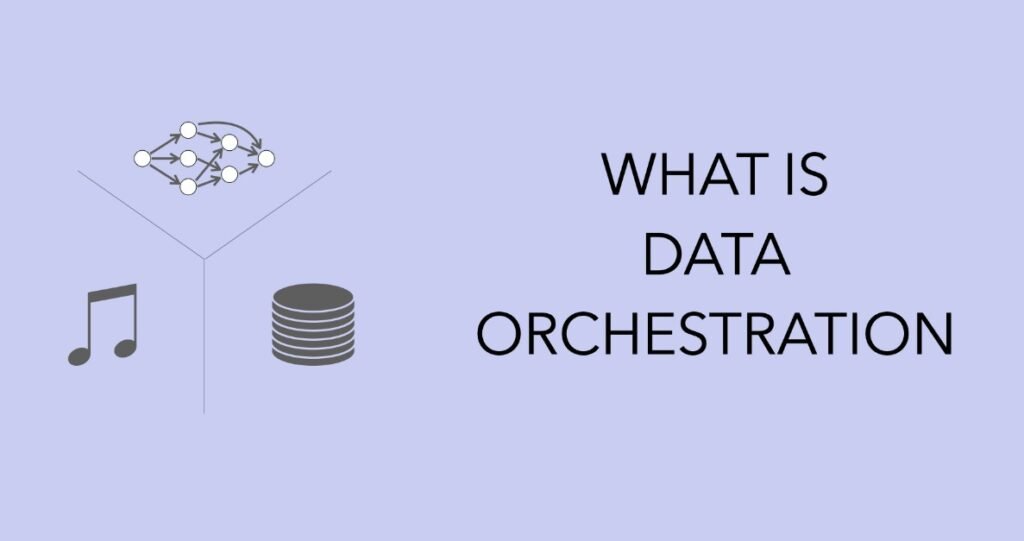In today’s fast-paced digital world, businesses are constantly searching for ways to streamline their processes and boost efficiency. One powerful tool that has emerged as a game-changer in this quest is data orchestration. But what exactly is data orchestration, and how can it help businesses optimize their operations? In this article, we will explore the ins and outs of data orchestration and provide practical tips on how to leverage this technology to streamline processes and drive business growth.
What is Data Orchestration?
Data orchestration is the process of integrating, organizing, and automating data workflows across various systems, applications, and platforms. It involves gathering data from multiple sources, transforming it into a standardized format, and then delivering it to the right destination at the right time. By orchestrating data flows in a seamless and efficient manner, businesses can gain valuable insights, improve decision-making, and enhance operational performance.
Key Benefits of Data Orchestration
- Enhanced Data Quality: By centralizing data management and ensuring consistency across systems, Data orchestration helps improve data quality and reliability.
- Improved Efficiency: Automating data workflows eliminates manual processes, reduces errors, and speeds up decision-making, leading to increased operational efficiency.
- Better Decision-Making: By providing real-time access to accurate and relevant data, data orchestration enables businesses to make informed decisions quickly and effectively.
- Scalability and Flexibility: Data orchestration can easily scale to accommodate growing data volumes and adapt to changing business requirements, ensuring long-term success.
How to Implement Data Orchestration
To successfully streamline processes using data orchestration, businesses should follow these key steps:
- Assess Your Data Needs: Start by identifying your data sources, workflows, and integration requirements to understand how data orchestration can benefit your organization.
- Choose the Right Tools: Select a data orchestration platform that aligns with your business goals, technical requirements, and budget constraints.
- Design Data Flows: Map out your data workflows, including data ingestion, transformation, and delivery processes, to ensure seamless orchestration.
- Implement Automation: Leverage automation capabilities to eliminate manual tasks, reduce errors, and improve overall efficiency.
- Monitor and Optimize: Continuously monitor data flows, performance metrics, and KPIs to identify bottlenecks, optimize processes, and drive continuous improvement.
By following these steps and embracing data orchestration as a core component of your business strategy, you can unlock new opportunities, drive innovation, and achieve sustainable growth in today’s competitive landscape.
Conclusion
In conclusion, data orchestration is a powerful tool that can help businesses streamline processes, drive efficiency, and unlock strategic insights from their data. By integrating data workflows, automating processes, and optimizing data delivery, organizations can improve decision-making, boost operational performance, and gain a competitive edge in the market. Embrace data orchestration as a key enabler of your digital transformation journey and reap the benefits of a more agile, intelligent, and data-driven organization.
Learn how to streamline processes using data orchestration and drive efficiency and growth in your business. Implement key steps to optimize data workflows today.
